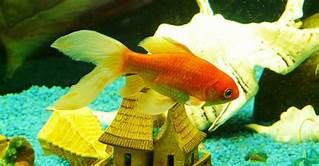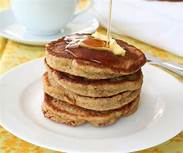Importance of well balance diet
All food contains all of the nutrients we need to be healthy, it is necessary to eat various foods in sufficient amounts. A good diet will include many different foods, and sufficient in quantity and quality to meet an individual’s need for food energy and other micro nutrients.
HONEY
Typical serving size:
1 to 2 Tbsp or 15 to 30 mLHOW IT HARMS
Allergies
WHAT IT HEALS
Low blood sugar Coughs High cholesterol Despite all the claims that honey is a wonder food, its nutritional value is very limited: Honeys are mostly sugars—fructose and glucose, with some sucroseSome types provide minute amounts of B complex and C vitamins
Honey (especially dark varieties) does contain some antioxidants, but fruits and vegetables are much better sources
Some new studies are looking into the antimicrobial and wound-healing properties of honey
The flavor of honey varies based on the type of flowers from which the bees collected their pollen
Health Benefits
Raises blood glucose levelsThe high sugar content of honey can boost low blood sugar levels for those with hypoglycemia
When hypoglycemia strikes, eat one tablespoon of honey and wait 15 minutes before eating anything else
Helps quiet coughing
In one study, children age 2 and older with upper respiratory tract infections were given up to 2 tsp (10 mL) of honey at bedtime
The honey seemed to reduce nighttime coughing and improve sleep
Honey appeared to be as effective as the cough suppressant dextromethorphan in typical over-the-counter doses
However, note that it may be dangerous for a child under 1 year of age
Helps lower “bad” cholesterol
A study from Dubai in the United Arab Emirates found total and low-density lipoprotein (LDL) cholesterol levels dropped while “good” high-density lipoprotein (HDL) levels rose in healthy people after they drank a solution containing honey, but not after they drank solutions containing glucose
Health Risks
Weight gainVolume for volume, honey is higher in calories than sugar: A tablespoon of honey contains 64 calories, compared to 46 in a tablespoon of sugar
This is partly because a tablespoon of honey weighs more than the same volume of sugar
Limit intake if on a weight loss plan
Risk for babies
Spores of Clostridium botulinum have been found in about 10% of honeys sampled by the Centers for Disease Control and Prevention in the United States
Although not dangerous to adults and older children, infants should not be fed honey because C
botulinum can cause serious illness in the first year of life
Allergic reactions
Honeybees collect and store pollen from one flower to another
For people who are allergic to certain types of plants, the honey containing the pollen from the plants may trigger life-threatening allergic reactions
Allergies
Buying Tip
s
Storing Tips
It will keep up to a year




